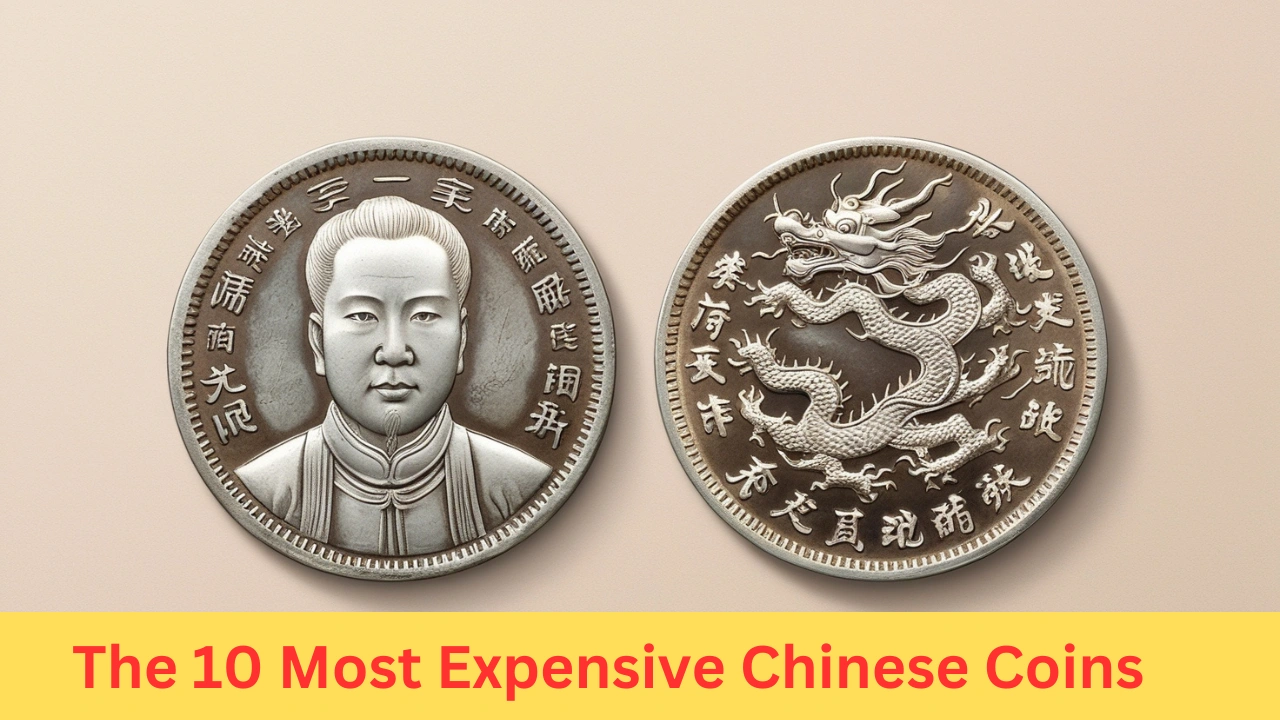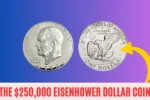China, one of the world’s oldest civilizations, has a rich and fascinating history of coinage that dates back over 4,000 years. The most valuable old Chinese coins, however, were struck in the 1900s, with a few notable coins dating back to the late 1800s.
Many of these coins can fetch hundreds of thousands of dollars in the marketplace. Whether you’re buying or selling, knowing the rarity and condition of a coin can lead to significant profits.
Just like with other historical coins, condition and year of minting are crucial when evaluating whether an old Chinese coin holds significant value. In this article, we’ll take you through the most valuable old Chinese coins and explain what makes them so sought after.
A Brief History of Chinese Coinage
Chinese currency has evolved significantly over the millennia, beginning with the use of cowrie shells as a form of money. The earliest records of cowrie shells being used for trade date back to prehistoric China, where they were used in the P’eng system, the earliest unit of currency. This system continued to be used throughout the Zhou Dynasty.
As early as 1200 BCE, the Shang Dynasty began using bronze cowrie shell coins to resolve the shortage of seashells, a trend that continued during the Zhou Dynasty. Over time, the Chinese began experimenting with different forms of coinage, ranging from knife-shaped and spade-shaped coins to the well-known circular coins with square holes.
The unification of China by Emperor Qin Shi Huang in 221 BC led to the standardization of the coinage system, making trade and commerce more efficient across the empire. Under Qin, the half-tael coin became the standard, and its circular shape with a square hole became a hallmark of Chinese currency.
Through the centuries, Chinese currency continued to evolve, with significant innovations such as leather money introduced during the Han Dynasty and the eventual adoption of paper money during the Song Dynasty. Coins were later reformed and minted in various metals such as copper, silver, and gold, especially during the Ming Dynasty, when foreign currencies like the Spanish Peso were introduced.
Now, let’s take a closer look at some of the most valuable old Chinese coins, which are prized by collectors and investors alike.
1. China YR16 (1927) Chang Tso Lin Silver Dollar
This 1927 silver dollar is one of the rarest and most valuable coins in the history of Chinese numismatics. The coin features the portrait of Chang Tso-lin (also known as Zhang Zuolin), a powerful warlord during the Republic of China era. His coins are among the most coveted, and this particular silver dollar sold for a staggering $2.125 million at auction in 2022. Graded MS62, the Chang Tso Lin silver dollar is a true collector’s gem.
2. China 1867 Shanghai Tael – With Rays
The 1867 Shanghai Tael is one of the most controversial and valuable coins ever minted in China. Struck in Hong Kong, the coin features a unique design with British and Chinese national symbols. The Chinese government rejected the coin’s design, and most were melted down. Today, the remaining example is one of the most expensive coins, having fetched nearly $2 million in a 2022 auction.
3. China 1932 Plain Edge Pattern Silver Dollar
This coin is part of an experimental series of 1932 silver dollars never intended for circulation. Featuring a plain edge, which was unusual for the time, this coin also features a ship on its reverse side. Graded MS60, it was sold for $1.41 million in 2022, setting a record for this pattern.
4. China 1928 Kweichow Auto Silver Dollar
This unique 1928 silver dollar commemorates the construction of a road in the Kweichow province. The coin features an image of a car, the first of its kind in China. The coin is particularly rare, with only one example in existence. It was auctioned for $90,000 in 2018.
5. China-Heilungkiang ND (1896) 50 Cents Brass Pattern
Struck from dies created by German industrialist Otto Beh, this coin is notable for its design, which incorporates German influences. It was sold for $140,000 in a 2021 auction. This coin is highly coveted by collectors due to its rarity and unique origin.
6. China Flying Dragon 1916 Yuan Shi Kai One Dollar Silver
With fewer than a dozen of these coins still in existence, the 1916 Yuan Shi Kai silver dollar is a highly sought-after piece. It features a portrait of Yuan Shi Kai and a flying dragon on the reverse. This coin was sold for $520,000 in 2021 and remains one of the most valuable coins of its type.
7. China 1912 Yuan Shi Kai One Dollar Brass
This brass coin, struck in 1912, was believed to depict Che’ng Te-ch’uan, but it was later confirmed to feature Yuan Shi Kai, China’s first president. The coin is a rare example from the period and was sold for $345,000 at a 2015 auction.
8. China 1916 Hung Hsien Dollar
Struck in honor of Hung Hsien, who succeeded Yuan Shi Kai, the 1916 Hung Hsien dollar is another rare coin from the early 20th century. Known for its intricate design, this coin fetched a remarkable $840,000 in a 2022 auction.
9. 1989 Dragon Phoenix 200 Yuan
Only a few of these coins, which were struck in 1989, still exist. Originally planned for sale in the U.S., the coins were ordered destroyed due to political tensions. One surviving example, graded PF69 Ultra Cameo, was sold for $400,000 in 2017.
10. 1907 Kuang-hsu Gold Pattern Kuping Tael
The 1907 gold pattern coin from the Kuang Hsu era is a rare piece, never officially circulated due to the lack of a gold standard at the time. This pristine coin was auctioned for $150,000 in 2018.
11. Jin Dynasty Tianjuan Tongbao
One of the oldest Chinese coins, the Tianjuan Tongbao was minted during the Jin Dynasty (BC 226-420). The coin is highly prized due to its rarity, with only a few surviving examples. One such example sold for $597,000 in 2011.
Conclusion
Collecting old Chinese coins is not only a rewarding hobby but also a potentially lucrative investment. Many of these coins, especially those from the 1800s and 1900s, hold immense value due to their rarity, historical significance, and condition. If you’re looking to add valuable Chinese coins to your collection, it’s essential to be aware of the key factors that influence their worth, such as mint year, condition, and historical context. Be cautious of counterfeits and always seek expert advice when buying or selling rare coins.



